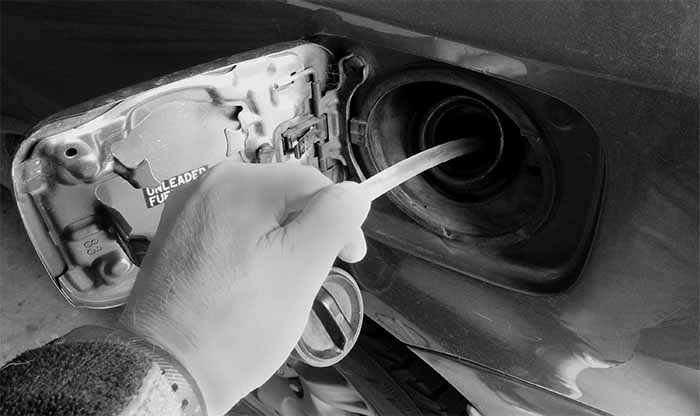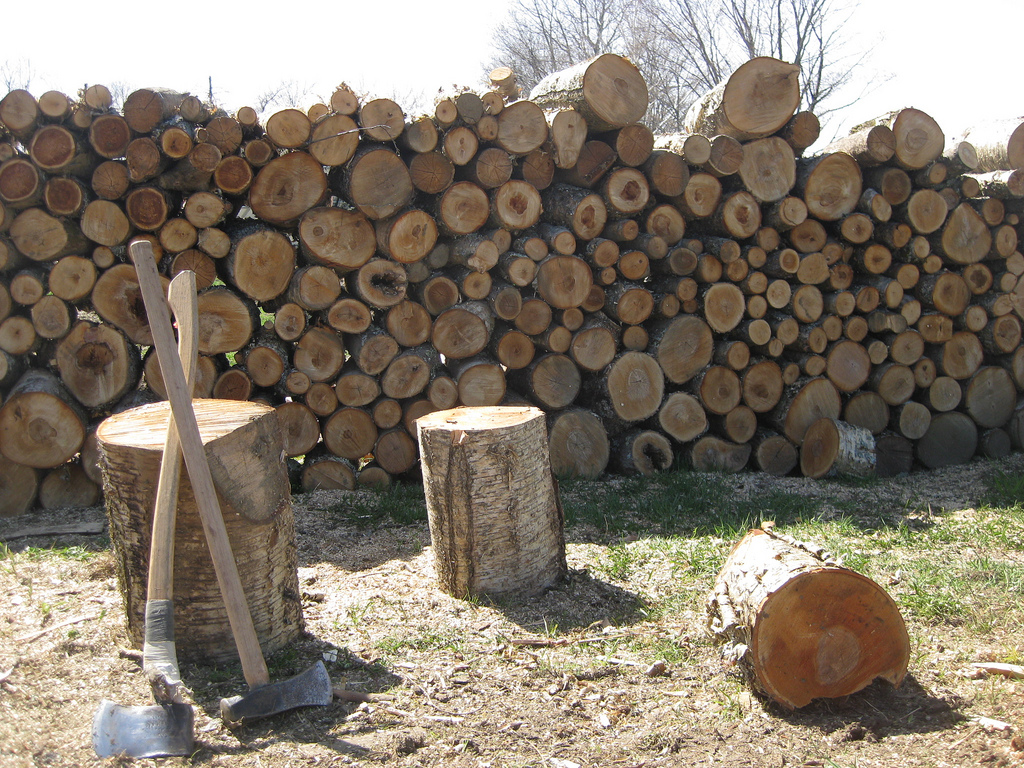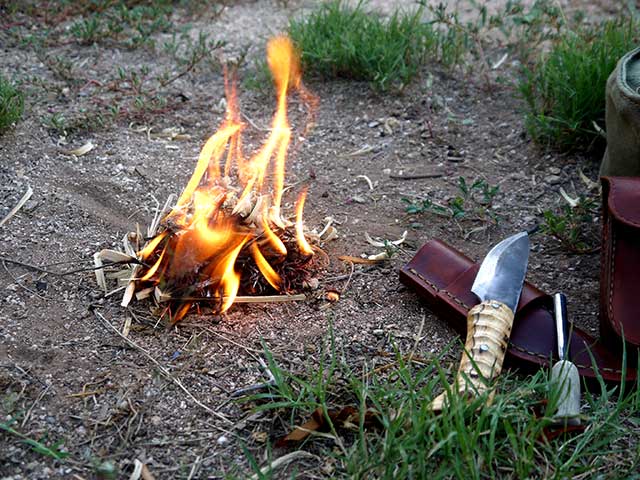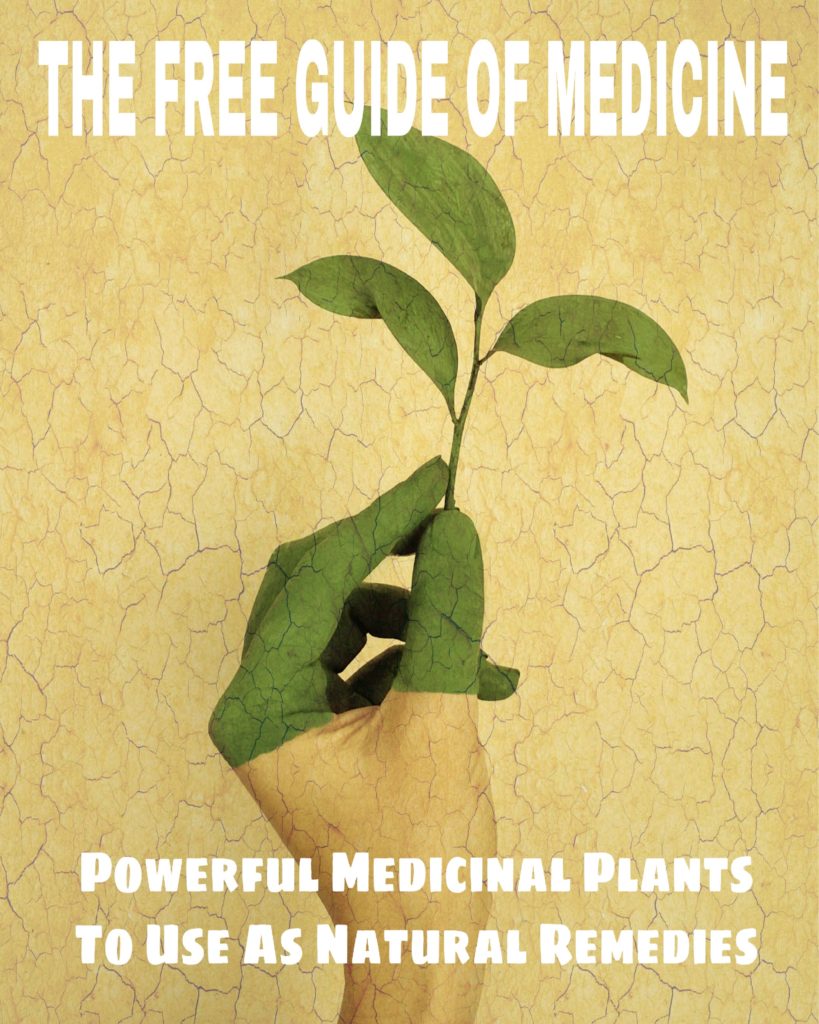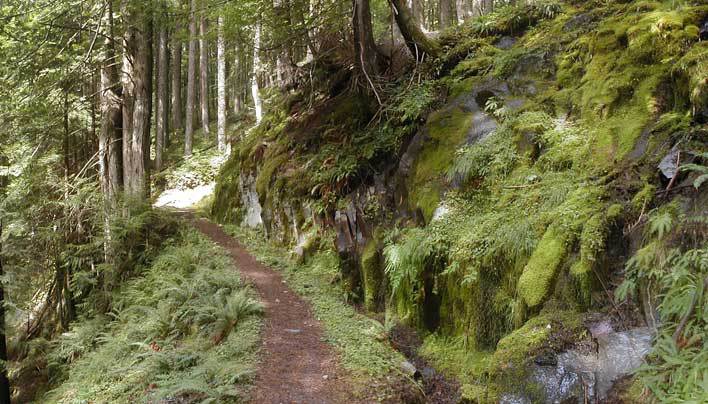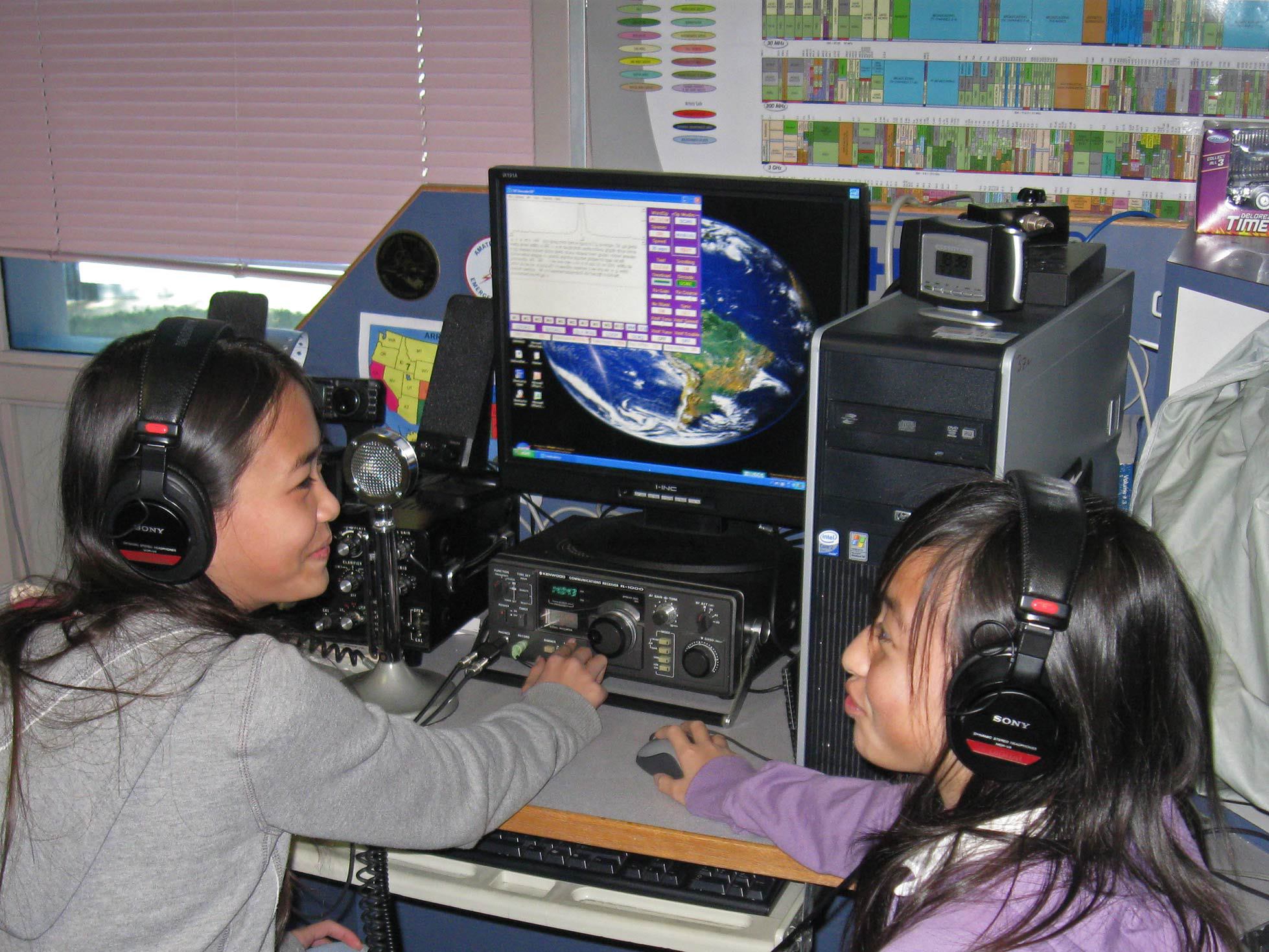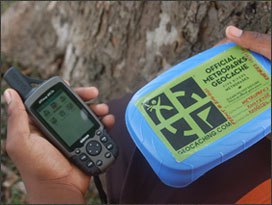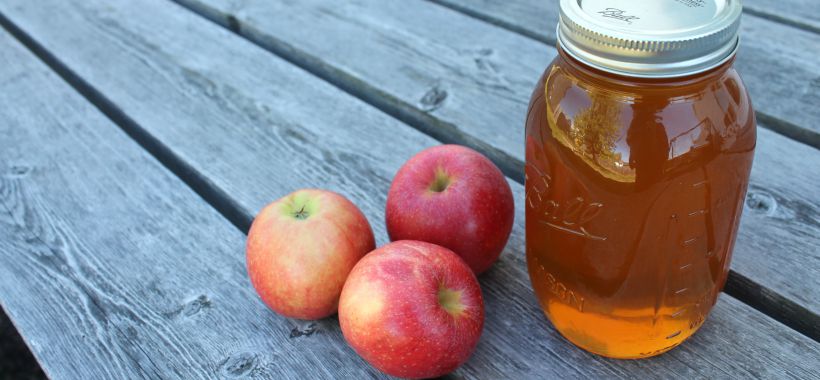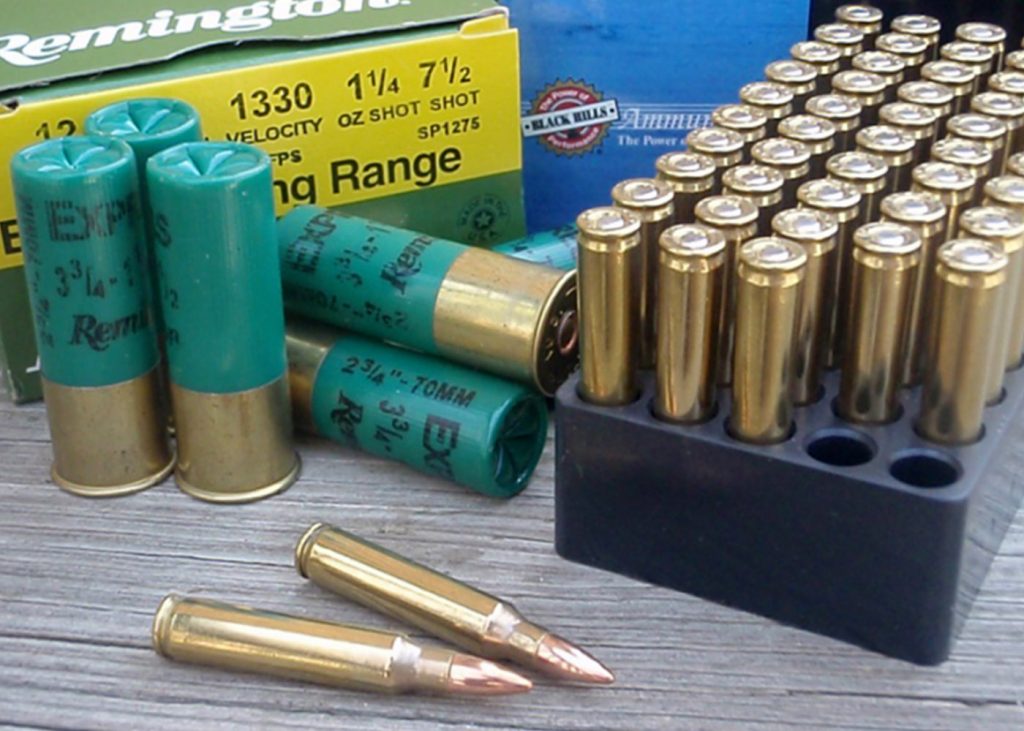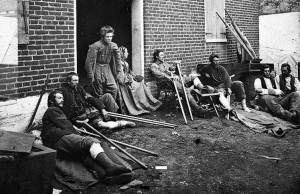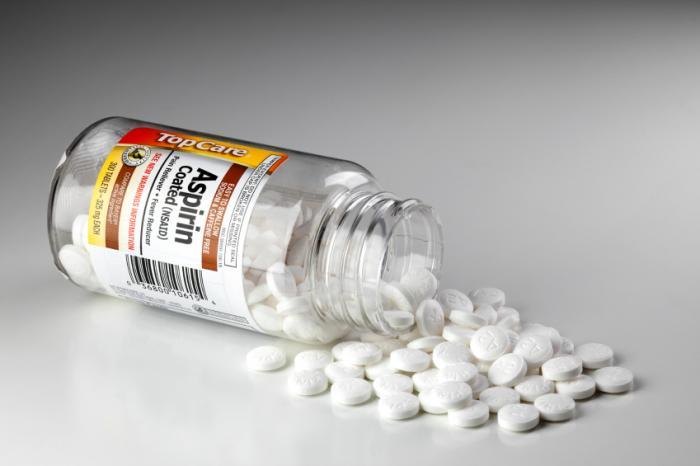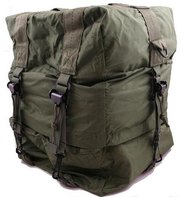How To Siphon Gas Out Of A Car The Prepper Way
There has been a number of times in my life that I have had to extract fuel out of my car and boat. The reasons vary from having to clean out the fuel tank of dirt and bad fuel to just having to remove the fuel tank for maintenance repairs.
What I made sure of that I was extracting the diesel and gasoline fuel using the correct method. This way I was reducing the likelihood of an explosion, environmental spillage or a medical emergency.
The old age method of sticking a plastic tube down the tank and using your mouth to suck out the fuel is very dangerous and should never be attempted. Now with the rise of anti-siphon car fuel tanks, we have to think outside the box. Let’s look at a couple of options on how to siphon gas out of a car and save that precious fuel.
High Flow Rotary Hand Fuel Transfer Pumps
| Type | Plastic Syphon Tube | Manual Fuel Hand Pump | Automatic 12v Fuel Transfer pump |
| Model Number | Action Pump 4007 | Lumax LX-1318 | Fill-Rite RD812NH |
| Max Fuel Flow | 2 gallons per minute | One gallon per 14 revolutions (3.8 L) | 8 gallons per minute. |
| Suitable for | Kerosene, Gasoline light oils, and various water-based solvents. | Motor Oils, Heavy Oil, Transmission Fluid, Heating Oils, and Machine Oil, Kerosene, Gasoline or Diesel Fuel | Gasoline, Diesel, Kerosene, Ethanol Blends to 15%, Methanol Blends to 15%, Bio-Diesel to B20 |
| Mount | Handheld | Bung Mount | Bung mount, foot-mount or handheld |
| Body Material | Polyethylene (PE) | Cast Iron | Aluminum |
| What’s Included | Handheld positive displacement pump with a 21-inch suction tube. | Self-priming, cast iron draw head with stainless steel screen pickup filter.39″ (1 m) Flexible, Oil-resistant Discharge Hose | RD8 Pump, 8′ Discharge Hose, 6′ Suction Hose, 3/4″ Manual Nozzle & 10′ Power Cord with Alligator Clips |
| Manual or Auto | Manual | Manual | Auto 12v electric 3600 rpm |
| Hose Connection | Overall length: 25″ Suction tube: 21″ Discharge tube: 18″Perfect for siphoning gas out of a car. | Fits 15-55 gallon drums with 2 inches bung, has a 40 inches zinc plated suction tube | Inlet and outlet 3/4 inches female NPT thread. |
Which fuel transfer pump is right for you?
Depending on your application and the number of times you need to either extract fuel or pump fuel into a car, boat or truck will determine what you will need. If it’s just a once off extract fuel out of for example a jetski internal fuel tank of 60 liters, then the cheap plastic hand pump will do the job.
Sure it will take some time but it will get the job done. The other two are more designed to pump fresh fuel into a boat, truck, car or farm machinery. They will also extract dirty fuel but it is not their prime purpose due to their setup.
It’s interesting that on paper the manual winding hand pump will actually pump more fuel than the Fill-Rite auto pump. I guess you will be winding it fairly fast. I have used both and to fill 10 gallons only takes a minute or two so its no big deal. If you are doing hundreds of gallons I would look at the 12v fill-rite transfer pump to make your life easy.
Surviving the end of the world – Siphon Gas out of a Car
Every car, boat, generator, and lawnmower is a portable fuel storage tank. When the time comes that society breaks down, fuel and oil will quickly become scarce. That’s why I always recommend people to store extra fuel and engine oil for times of emergency.
Be aware that fuel has a use by date. I wouldn’t keep petrol (gas) for longer than 1 year in an airtight container, as it will slowly turn bad and lose its combustibility. Diesel will last slightly longer. The worst is E10 or Ethanol based fuels. Their shelf life is very short at up to 90 days. This is because ethanol can absorb water very easy as its Hygroscopic and can absorb water 50 times more readily than non-alcohol based gasoline.
It’s easy to rotate old fuel through your vehicles during this time. You can double this shelf life by adding fuel stabilizers to your fuel.
I add Sta-Bil to my Sea-Doo Jetski every year after I do my end of season maintenance checks. This way the fuel will stay fresh when He PWC sits for 6 months in the garage. It should also be added to lawnmowers and generators that may sit idle for a few months.
If you ever watch a show called “The Walking Dead” you will see that the only way people can get fuel if by siphoning out the discarded car fuel tanks. That’s why a hose pump setup makes life so easy. Now as a law abiding citizen stealing fuel from cars is a big NO.
But there may be a genuine reason that you need to remove the fuel out of a tank. For example, there may be bad fuel or a contamination issue like diesel in a petrol tank. You need to get it out.
These auto and manual transfer pumps sure do come in handy when you are trying to fill up boats, cars, trucks and heavy machinery with fuel. Save your back by not having to lift those heavy jerry cans into awkward positions and maybe spill fuel everywhere.
How to siphon petrol from a modern car
Modern cars have anti-siphon tanks and hoses. With the rise of people stealing fuel out of cars, manufacturers had to come up with a way to stop criminals from taking fuel out of parked cars. This is usually in the form of a spring, green ball or stainer in the fuel inlet line.

The image shown above is a green spring loaded anti-siphon device gas in the tank fill hose. It allows the fuel to bypass into the tank but not an extraction siphon pump hose.
To check if your car has an anti-siphon device push a small clear hose into the car gasoline fill point. If you feel a restriction before you get to the tank you have one. There are a few different ways on how to siphon petrol from a modern car tank safely.
Disconnect the fuel pump outlet hose and put it into a bucket. You will then have to locate the fuel pump relay and bridge out the contacts to enable the fuel pump to run without the engine on. I have seen people use a paper clip to bridge out the contacts making the fuel pump run.
The other way which quicker as you don’t have to do any electrical research on bridging relays is to remove the in-tank fuel pump and put your transfer hose down into the tank. Most fuel tank pumps are located under the rear seats. Disconnect the electrics and fuel line and use the fuel pump tool to unscrew the large locking nut. The video above shows how it is done. Keep in mind you will require a tank pump extractor tool.
Fuel transfer pumps for generators
If you have some heavy duty survival generators or larger setup to provide emergency power to your home in a blackout situation. I would recommend a rotary transfer pump to provide the means to top them up.
This would only require a few turns of the handle every 10 hours or so to top up the generators fuel tank. The 12v Fill-Rite pump would most likely be an overkill for this application and you would need extra gear like a 12v deep cycle battery and a charger for it.
Different fuels will require a separate transfer pump as we don’t want fuel contamination in your motors. If you do have to use the same pump make sure to fully flush it out first. Fuel injectors now days are very sensitive to dirt, slime and the wrong fuel. Diesel can easily gum up a petrol fuel injector and then you are up for either new injectors for an expensive rebuild.
For any bug out situation try to “keep it simple” its the KIS principle.
Conclusion
Gone are the days when we could just stick a hose down a cars fuel tank to siphon gas out of a car. Now the job is 10 times harder. Always be safe when extracting and transferring fuel. Use approved fuel containers and have a fire extinguisher on hand in case of an emergency. It is better to dispose of old fuel longer than 1 year old rather than taking a chance of using it. Unless it has been treated with a stabilizer.
Once you have finished using a transfer pump then fully drain and clean the pump. It is best to store it away out of reach of small children and cover the inlet and outlet ports to stop insects crawling inside your pump.
There has been a number of times in my life that I have had to extract fuel out of my car and boat. The reasons vary from having to clean

